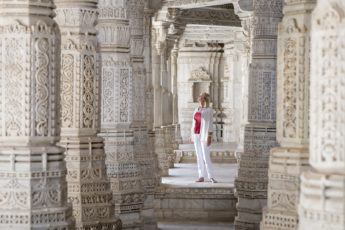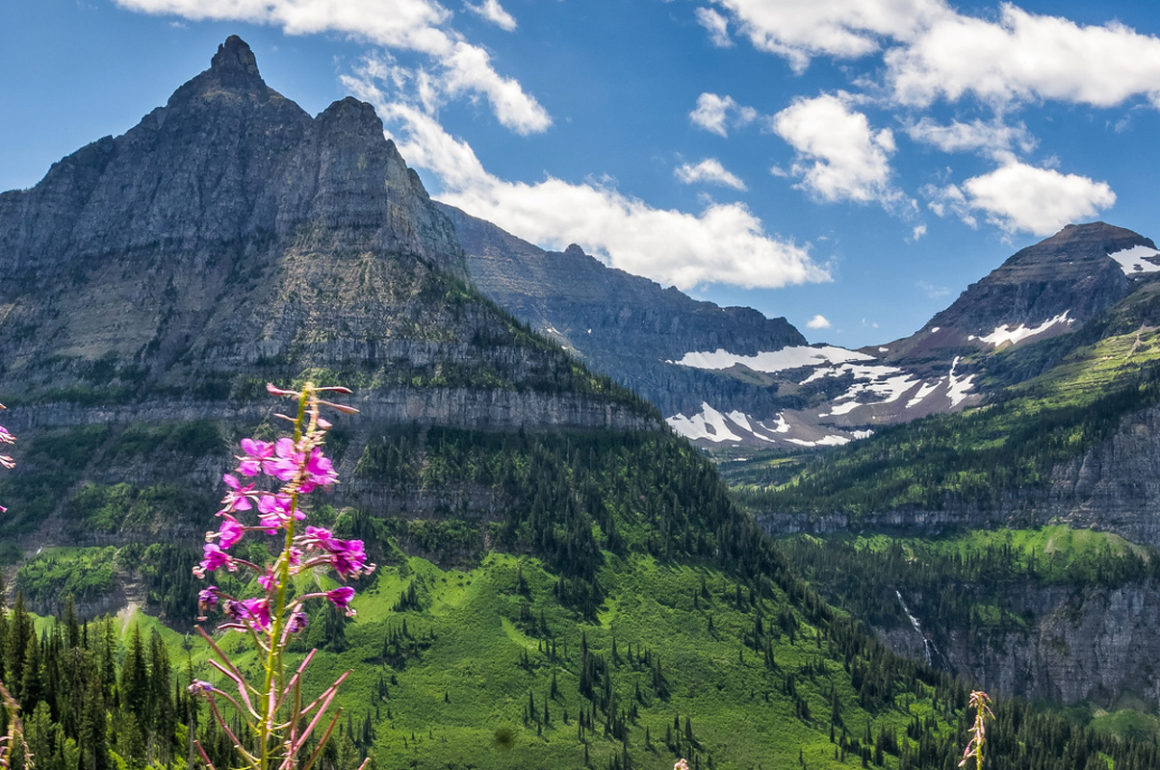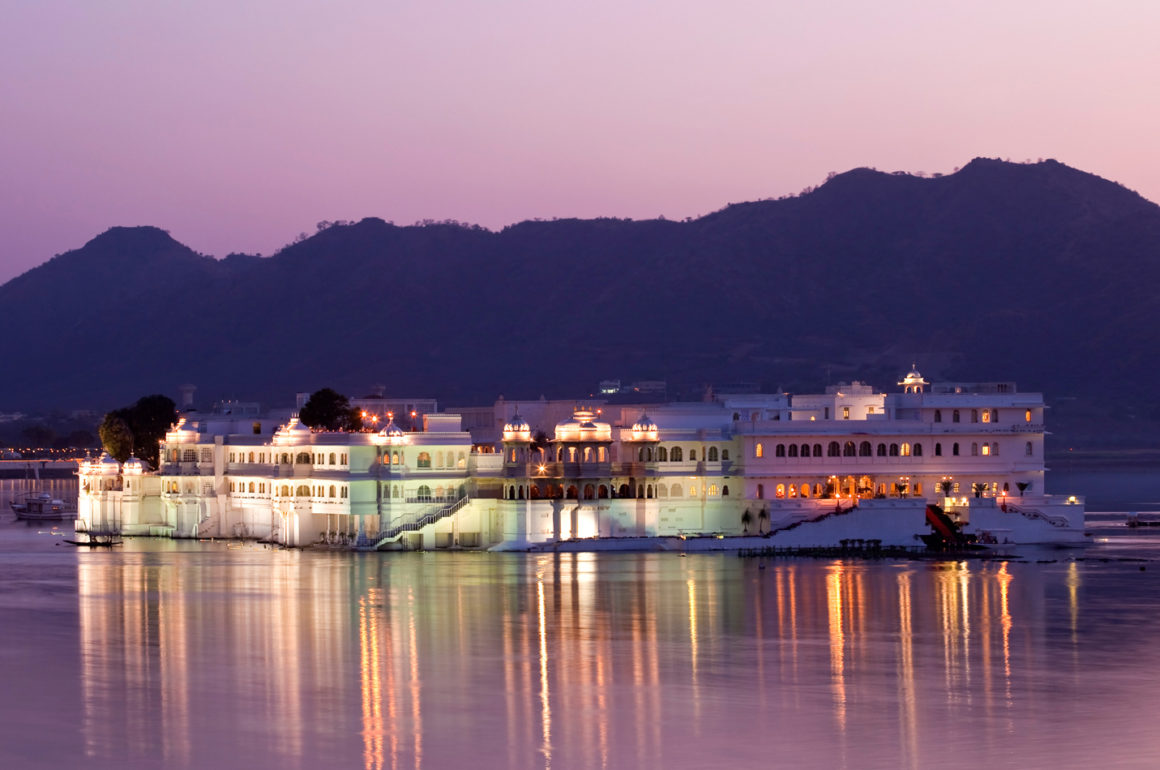
Everybody has different tastes: some despise celery, others can’t bear the sight of a Brussels sprout, and many think zucchini the poor cousins of cucumbers. We all have our predilections too. Some are partial to cake and a few prefer decadent deserts but overall there seems to be no rhyme or reason to the mystery of the palate.
Maison Cailler © Maison Cailler
That is until you touch upon the subject of chocolate. In fact, it’s probably easier to pass through the eye of a needle than find a person truly hostile to the dark, creamy allure of chocolate. Which may go some way to explaining the fact Maison Cailler, one of the finest chocolatiers in the world, has over 360,000 people pass through its doors each year in an attempt to discover its formula.
Despite its seclusion, the Maison’s easy enough to get to thanks to both the Swiss and the regional train operators coordinating their timetables to the house of chocolate and the fact day itineraries often tie a trip into seeing Gruyeres castle or the local cheese factory too.
Maison Cailler © Maison Cailler
Standing in the quaint Swiss village of Broc, a part of the canton of Fribourg, the oldest Swiss chocolate brand still in existence can trace its roots back to the early 19th century when its founder, Francois-Louis Cailler, built a factory. This one, the Maison Cailler, looks more like a manor house than what might normally be associated with any sort of production line. Surrounded by lush meadows, almost 2,000 cows within a 20 mile radius still produce all the fresh milk required by the chocolate-making process.
Today Cailler gets its cocoa from the Ivory Coast but, as is taught in an impressive set of rooms (that include ships and forests) behind the Maison’s huge doors, the little beans actually have their roots in Latin America. The Aztecs and other tribes had a habit of concocting fortifying drinks from them; however, they never let the liquid solidify. Later it was fermented and dried but the brittle result would not have tasted much like our modern equivalents.
Maison Cailler © Maison Cailler
What we would consider chocolate was a result of the Industrial Revolution. This added sugar, reduced fat and diminished the unpopular bitter flavour many complained about. Callier’s founder, Francois-Louis, soon set about using these techniques to produce the sweet brown stuff in the bar form we see today. He was so successful in his efforts that Cailler’s chocolate is still manufactured in the same way.
But the firm doesn’t want to leave the fun part to the history books. Immersing yourself in the chocolate experience here means exactly that. When visitors reach the chambers full of large sacks of chocolate and its accompaniments, from almonds to hazelnuts, sugar to milk, hands are plunged in deep and raised again to smell the aromas of ground beans; then magnifying glass are taken up to compare all the different types, and then row upon row of machine, whizzing, sliding, clacking and swooshing, reveal – thanks to glass panels than run along each side – the innards of the magic.
Maison Cailler © Maison Cailler
But feeling and seeing things are very different to tasting them, so Maison Cailler lets kids and adults grab fists full of fresh chocolate in the final room. There can be few better ways to end a day than that.
If you would like to see chocolate production raised to an art form, Maison Cailler constitutes part of the Majestic Switzerland trip.















Leave a Comment